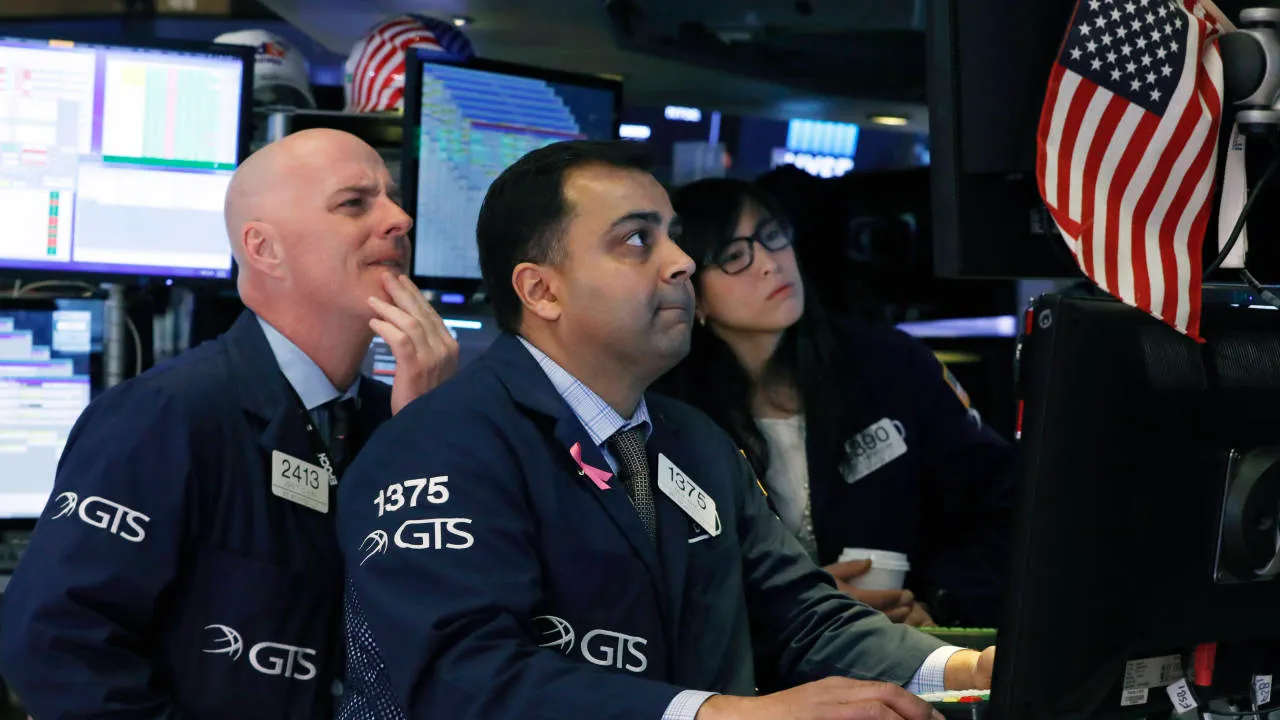The Bond Market and the Dollar Are Sounding the Alarm About the U.S Economy
As August approached, the U.S. equity market appeared to be in a strong position. Major stock indexes like the S&P 500 and Nasdaq Composite hovered near record highs, buoyed by robust corporate earnings from the second quarter.
Despite a few disappointing reports that drew sharp market reactions, overall earnings growth remained solid. Inflation data suggested that President Trump’s tariffs had not significantly impacted consumer prices.
Although economic growth had slowed in the first half of the year, both the broader economy and labor market were holding up well. Federal Reserve Chair Jerome Powell echoed this sentiment during a post-meeting press conference, noting that the Fed had decided to keep interest rates steady despite dissent from two policymakers.
This sense of stability was abruptly disrupted on Friday when the July jobs report revealed that only 73,000 jobs were created in the previous month. Even more concerning, job growth figures for the prior two months were sharply revised downward, suggesting that earlier optimism about the labor market was overstated. This disappointing data came on the heels of new tariff announcements from the Trump administration and weaker-than-expected earnings guidance from Amazon, which further pressured market sentiment.
By the market’s close, the Dow Jones Industrial Average had recorded its worst weekly performance since April, marking five consecutive sessions of losses. The Nasdaq Composite dropped 2.2%, ending a 70-day streak without a single-day decline of that magnitude.
However, the most dramatic market moves were seen in bonds and currencies. The yield on the 2-year Treasury note plunged 25 basis points to 3.702%, its largest one-day drop since August 2024, effectively wiping out all of July’s gains.
Meanwhile, the U.S. dollar’s recent relief rally came to an abrupt halt, with the ICE U.S. Dollar Index sliding nearly 1%, a significant move for a major global currency. Analysts at ING suggested that the dollar might have already peaked following its strongest monthly performance since 2022, though it has otherwise struggled in 2025, posting its worst first-half showing in decades.
Despite the sharp decline in equities, some strategists urged investors to view the pullback in context. Keith Lerner, chief market strategist at Truist Advisory Services, noted that the S&P 500’s overall technical uptrend remained intact.
After surging 28% since April lows, the market was likely due for a period of consolidation rather than a complete reversal, meaning there was no immediate cause for panic.
Others were less optimistic. Richard Farr, chief market strategist at Pivotus Partners, highlighted the growing disconnect between lofty stock valuations and weakening economic fundamentals. While technical analysis can help identify ongoing trends, Farr argued that it often fails to detect inflection points where market sentiment shifts dramatically.
“Stocks are pricing in strong earnings and robust economic growth, yet the underlying data is deteriorating, and the Fed is not taking action,” he explained. Farr warned that if more weak economic reports emerge, investors will struggle to justify current valuations. The cyclically-adjusted price-to-earnings (CAPE) ratio for the S&P 500 had already surpassed 38 in late July, its highest since 2021, indicating stretched valuations.
Bond markets may also continue to rally. Farr projected that the yield on the 10-year Treasury note could decline to 3.5% from Friday’s 4.218%, suggesting a flight to safety as investors reassess economic risks. He emphasized that the July jobs report was the first clear sign of significant labor market weakness, signaling broader economic softening that could force a reassessment of earnings expectations. “If the job market is weakening this much, the optimistic earnings outlook for stocks must be recalibrated,” Farr cautioned.
Adding to market concerns is the seasonal trend: August and September have historically been the weakest months for U.S. equities. Investors hoping for a swift rebound may need to rely on the Federal Reserve to cut borrowing costs aggressively in September. Ross Mayfield, an investment strategist at Baird, suggested that the Fed could deliver another 50 basis point rate cut, similar to its action during the same period last year when it faced criticism for being slow to respond. At that time, improving economic data validated Powell’s patience, but Mayfield doubts that scenario will repeat.
With an additional year of tight monetary policy and the impact of tariffs now layered on, the economy is more vulnerable. “It feels like a repeat of last year,” Mayfield said, “but the underlying economy seems weaker this time after enduring another year of high interest rates and fresh trade pressures.”
Ultimately, while U.S. equities entered August on a high note, a combination of disappointing job data, renewed tariff concerns, weakening economic signals, and seasonal market trends have shifted sentiment sharply. Investors are now grappling with whether the market’s lofty valuations can hold in the face of growing evidence that economic conditions are deteriorating.

Subscribe to our newsletter!
As a leading independent research provider, TradeAlgo keeps you connected from anywhere.








